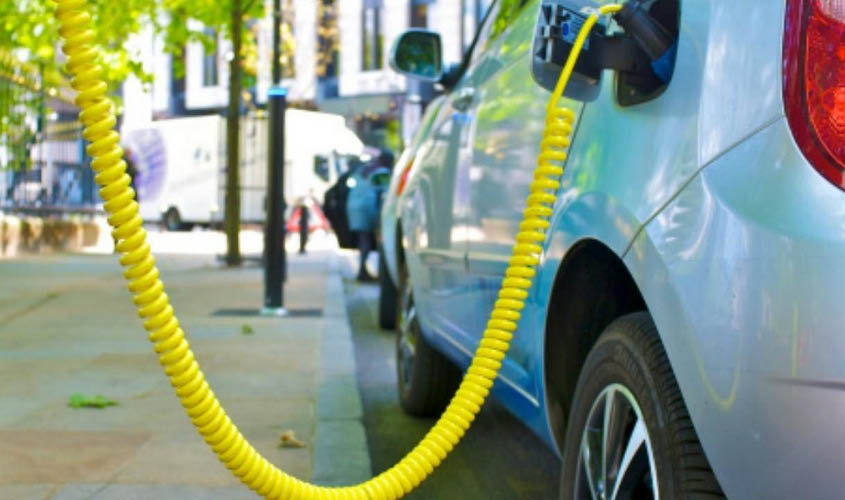NEW DELHI: The first day of Parliament’s winter session witnessed MPs taking environment-friendly rides to reach Parliament. While Union Environment minister Prakash Javadekar arrived in an electric car, BJP MP Manoj Tiwari came riding a bicycle, and said that promoting e-mobility can ensure a pollution-free Delhi.
Since October this year, air quality in Delhi has been dwindling between “poor” to “severe”. As per data by the Ministry of Environment, Forest and Climate Change, vehicle pollution contributes 28% of PM 2.5 emission and 24% of PM 10. Environmental experts believe that odd-even, as part of AAP’s Graded Response Action Plan (GRAP), is a good scheme but will bring relief only temporarily. However, promotion of EVs can bring relief to Delhi as the contribution of vehicular pollution is very high here, they say.
Anumita Roy Chowdhury, programme coordinator at the Centre for Science and Environment (CSE), told The Sunday Guardian: “Given the rise in the number of vehicles and toxic exposure to vehicular pollution in Delhi, it is important to shift a sizeable segment of vehicles to zero emission. However, it is a new generation technology which can’t on its own compete with mainstream technology such as petrol and diesel. So the government has to create and stimulate the market. Therefore, the role of regulatory design and policy is very critical.” She also emphasised on having clear zero emission mandate along with a combination of regulatory measures to incentivise the new technology.
Though the government is pushing hard for e-mobility in government departments, achieving the same in private transportation will not be an easy task. Many experts believe that India should not push for EVs as importing spare parts is very costly.
To promote manufacturing of electric and hybrid vehicles, the Centre is currently running a Faster Adoption and Manufacturing of Electric Vehicles (FAME) scheme. Under its first phase, “demand incentives” were made available to the buyers of electric and hybrid vehicles in the form of an upfront reduced purchase price to enable wider adoption. By way of extending “demand incentives” of around Rs 343 crore, about 2.78 lakh vehicles were supported under this scheme. As a pilot project, 465 buses were also sanctioned to various cities/states in this phase. In addition, several projects under Technology Platform, Pilot Project and Charging Infrastructure were also sanctioned. In FAME phase II, the government will mainly focus on supporting electrification of public and shared transportation. Here, the government aims to support about 7,000 e-buses, five lakh e-3 wheelers, 55,000 e-4 wheeler passenger cars and 10 lakh e-2 wheelers through demand incentives. The Centre will support the creation of charging infrastructure in select cities and along major highways.
The Ministry of Power has deployed around 652 e-cars for both Central and state government departments across the country, out of which 256 e-cars have been deployed in Delhi alone. The Ministry has also installed 203 AC chargers and 102 DC chargers in Delhi.
However, according to officials of the automobile manufacturing industry, unlike earlier governments, the present government

